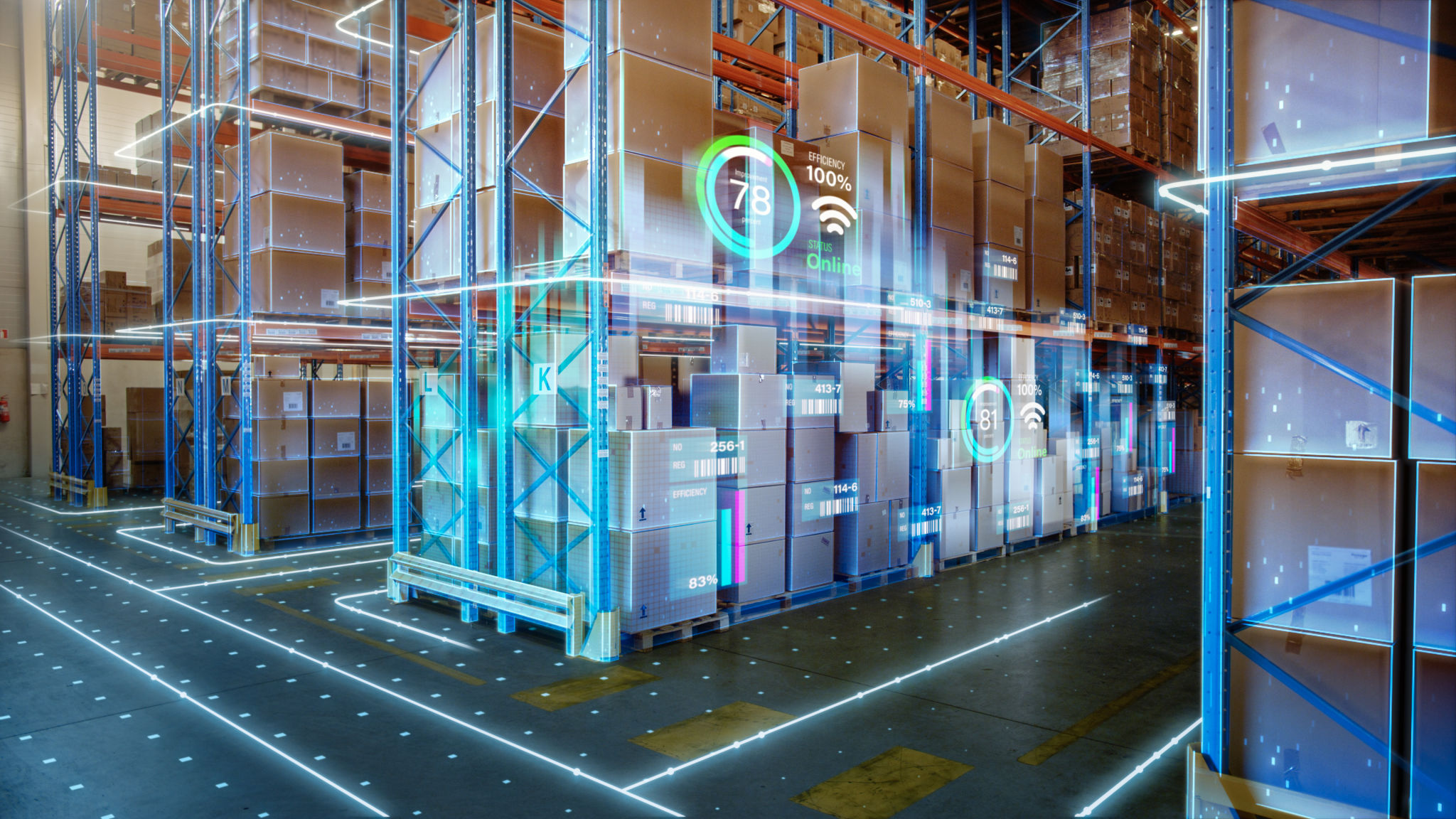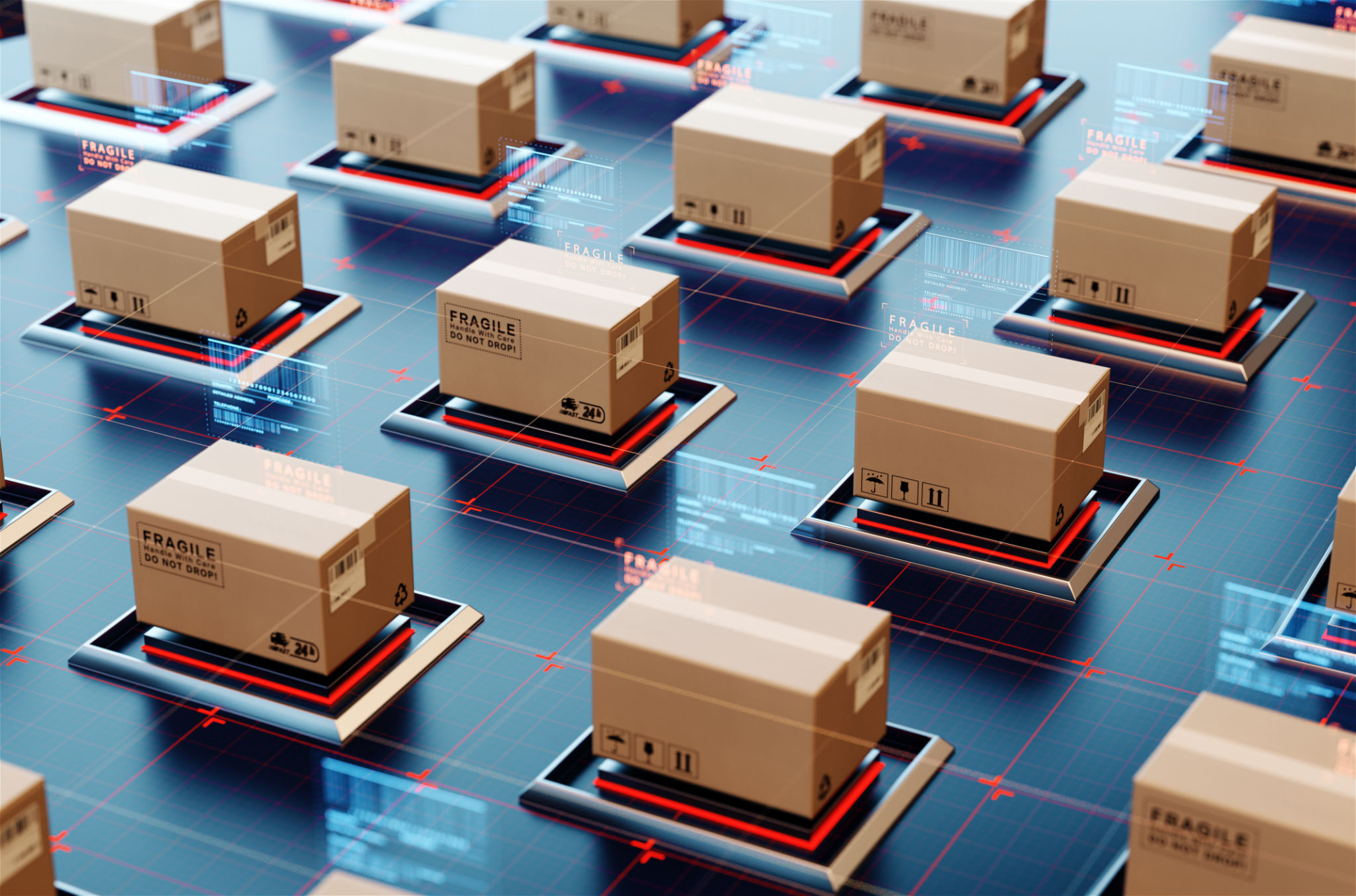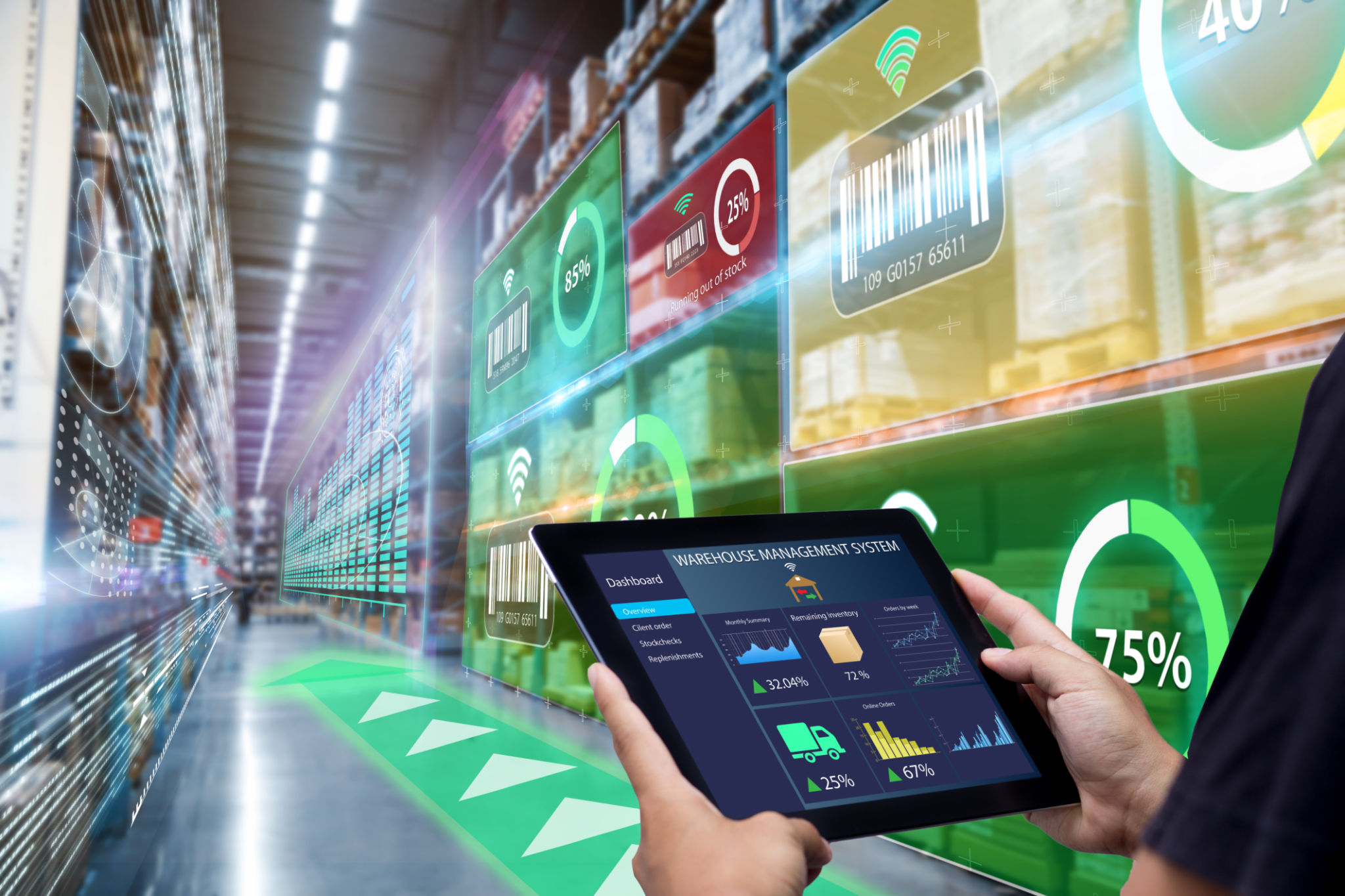The Future of Warehousing: Innovative Trends and Technologies to Watch
Automation and Robotics
The integration of automation and robotics in warehousing is transforming the industry. Automated systems and robots are taking over repetitive tasks, improving efficiency, and reducing human error. From robotic pickers to automated guided vehicles (AGVs), these technologies are reshaping how warehouses operate.
Robotic systems can work continuously without breaks, ensuring that operations run smoothly around the clock. This not only increases productivity but also allows for more flexible and scalable warehouse operations. Companies investing in these technologies are seeing significant improvements in their supply chain efficiency.

AI and Machine Learning
The application of AI and Machine Learning in warehousing is another trend gaining momentum. These technologies are being used to optimize warehouse management systems (WMS), predict demand, and manage inventory more effectively. AI algorithms can analyze large datasets to identify patterns and trends, allowing businesses to make data-driven decisions.
Machine Learning models can also help in forecasting demand, adjusting stock levels accordingly, and minimizing the risk of overstocking or stockouts. This leads to more efficient use of resources and better customer satisfaction due to timely deliveries.

Internet of Things (IoT)
The Internet of Things (IoT) is playing a crucial role in modernizing warehouses. IoT devices can provide real-time data on various aspects of warehouse operations, such as temperature monitoring, equipment performance, and asset tracking. This allows for more informed decision-making and enhanced operational efficiency.
For instance, IoT sensors can monitor the condition of perishable goods in real-time, ensuring they are stored under optimal conditions. This reduces waste and ensures product quality, ultimately benefiting both the business and the consumer.

Blockchain Technology
Blockchain technology is emerging as a game-changer in the logistics and warehousing sector. It offers a secure and transparent way to track the movement of goods through the supply chain. By creating an immutable record of transactions, blockchain enhances traceability and minimizes the risk of fraud.
This technology is particularly beneficial in industries where product authenticity and traceability are critical, such as pharmaceuticals and luxury goods. With blockchain, companies can ensure that their products are genuine and have not been tampered with during transit.

Sustainable Warehousing Practices
As environmental concerns grow, there is a strong push towards sustainable warehousing practices. This includes the use of energy-efficient equipment, renewable energy sources, and sustainable building materials. Companies are also focusing on reducing waste through recycling and reusing materials wherever possible.
Sustainability not only benefits the environment but also enhances a company's reputation among increasingly eco-conscious consumers. Implementing green initiatives can lead to cost savings in the long run, making it a win-win situation for businesses.

Augmented Reality (AR)
Augmented Reality (AR) is starting to make its mark in the warehouse environment. AR can be used to assist workers by overlaying digital information onto the physical world. For example, AR glasses can display picking instructions or provide real-time information about inventory levels without requiring workers to use handheld devices.
This technology not only speeds up tasks but also reduces errors, as workers have access to accurate information at all times. As AR technology continues to advance, its application in warehousing is expected to grow significantly.

